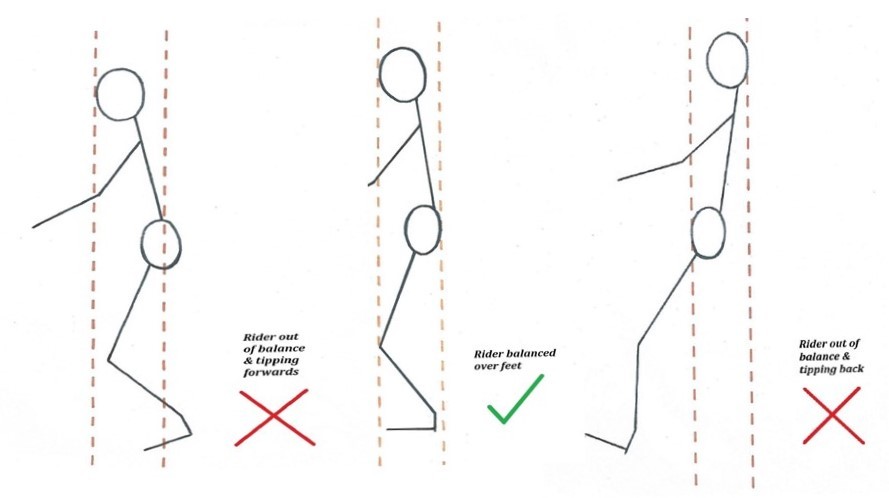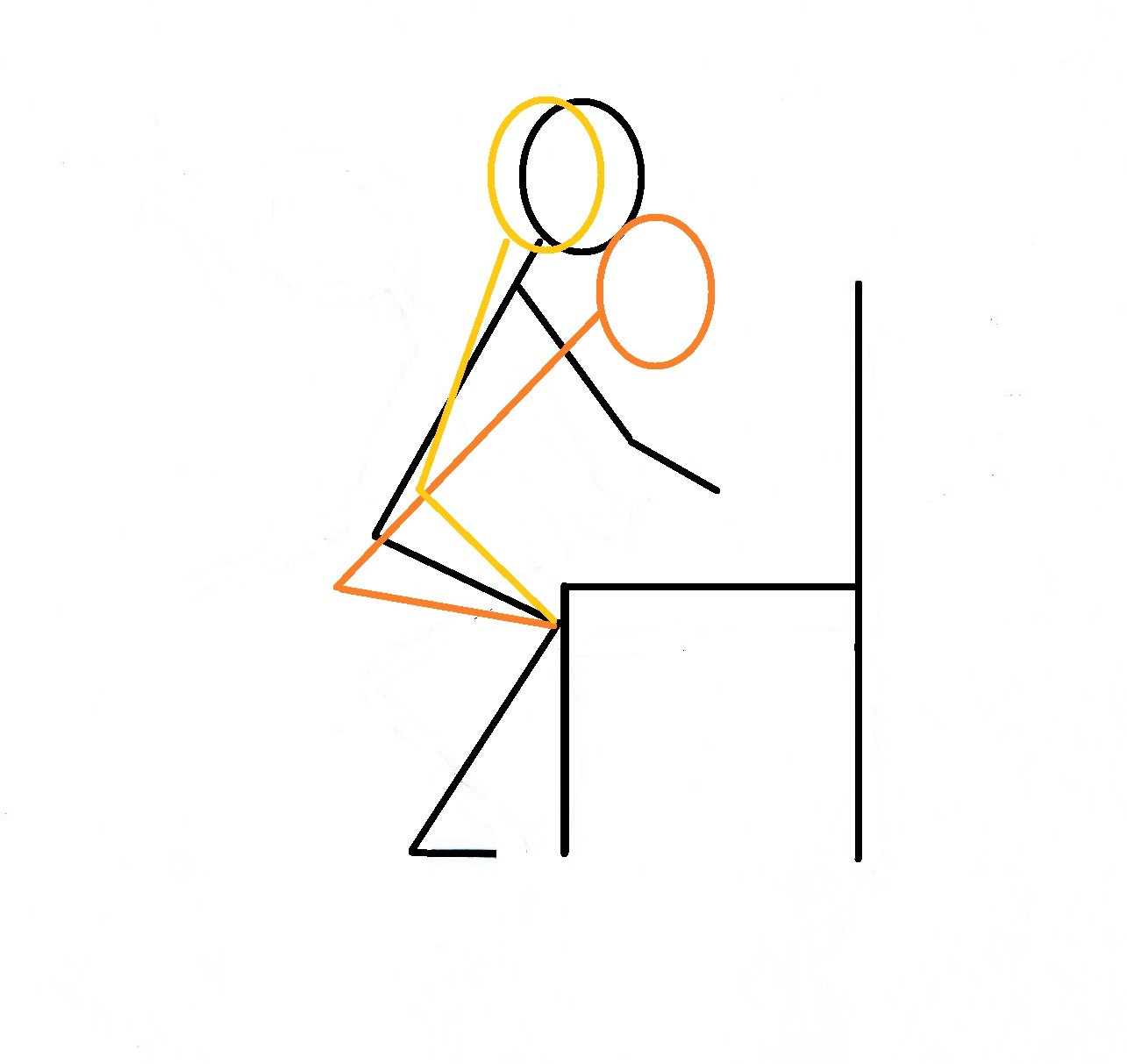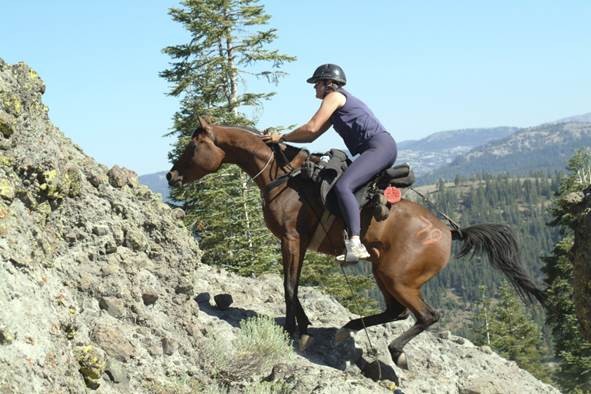BALANCE Co-Founders Carol Brett and Lesley Taylor-Brett were both very successful horse trainers and riding teachers/coaches long before they got involved in the design and application of better methods of saddling.
At a time when it was still considered unusual, they both had an interest in understanding the way human and equine bodies need to function, in order to stay healthy, mobile and safe.
This interest and curiosity led them to explore The Alexander Technique, Centred Riding, Yoga and Pilates, all of which play a role in helping riders to develop or retain a body and movement awareness that can improve their riding skills.
However, it was the meeting with Feldenkrais Teacher Vreni Booth, very soon after the BALANCE organisation was formed in 1993, that had one of the biggest impacts on their knowledge and teaching skills.
Although the work with saddles basically took over Carol and Lesley’s lives, their love of teaching never stopped and continued for Carol until her death in 2018 and continues for Lesley, with a select group of people, when time allows. As Carol used to say… ”you cannot separate the influence of the saddle from the influence of the rider. They are linked.”
One of the biggest reasons for saddles to be designed and fitted in ways that damage horses, is that too many riders lack the skills and levels of fitness needed to ride with an independent seat!
When this happens, the rider tends to start looking to the saddle to cover up their lack of stability, balance, co-ordination etc. Too many saddle makers, sellers and fitters fall into the trap of trying to accommodate the demands of crooked, stiff, over-weight, under-fit riders because they need them to hand over their money. Unfortunately, many of the ways that they try to make the saddle work for riders like this, take away from the comfort and freedom of the horses they ride!
For example:
- Deep seats to support a weak rider who has little control over their own balance and stability.
- Recessed stirrup bars to avoid the rider feeling any raised area under their legs
- Point Straps to lock the saddle into the soft tissue behind the shoulder blades to prevent the rider from driving it up the horse’s neck.
- Deliberate uneven flocking, to make the crooked rider feel level but then trap the horse into a lopsided way of using its body
- Narrow Twist saddles to create an artificially narrow feel for the rider that bares no resemblance to the actual shape/width of their horse
- Tree widths chosen by saddle fitters that are considerably narrower than the horse’s actual body shape, to create an artificially narrow feel for the rider, but creating excessive pressures, discomfort and restriction for the horse.
The line that BALANCE has taken, is to maintain the comfort and health of the horse as its priority and encourage riders to commit to developing the awareness and skills they need to ride in saddles that support and protect their horses. This is why BALANCE saddles tend to look simple in their design with flatter seats, no point straps and are in widths that reflect the shapes found in healthy, well-muscled horses.
Refusing to provide horse-damaging saddle features and fitting methods, in order to make a sale, means that BALANCE Saddles and Saddling will never be accepted or chosen by every rider, but when riders decide to put their horse’s needs first, they need encouragement and support.
To this end, we would encourage anyone who rides, to commit to developing and maintaining a good level of fitness, body-awareness, balance and co-ordination in whatever ways they can.
The Feldenkrais Method is definitely a wonderful way for riders to do this and provides the tools needed for continuous self-evaluation and learning, during every riding session. Including:
- Improving rider self-awareness
- Helping rider's to let go of old patterns within the body and rediscover balance, alignment and softness
- Helping riders to move with the horse instead of against him
- Helping riders to feel at ease in the saddle and no longer struggling to maintain a riding good position
- Reducing rider pain and/or stiffness
It was particularly helpful for Carol and Lesley to work with Vreni Booth, because she had no previous experience of working with horses or riders at that time. It meant that her teaching and guidance was in no way influenced by pre-conceived ideas of how people should ride or how horses should move.
If you are interested in finding out more about the Feldenkrais Method, you can view the UK Feldenkrais Guild Website here, and Feldenkrais.com here.
Some of the BALANCE registered Team Members have also spent time training with Vreni Booth and incorporate what they have learned from her in their teaching (and where appropriate/necessary, during Saddle Consultations). Vreni still runs clinics for riders in the Preston area from time to time, usually organised by BrSC Abigail Rowland.

.jpg)





